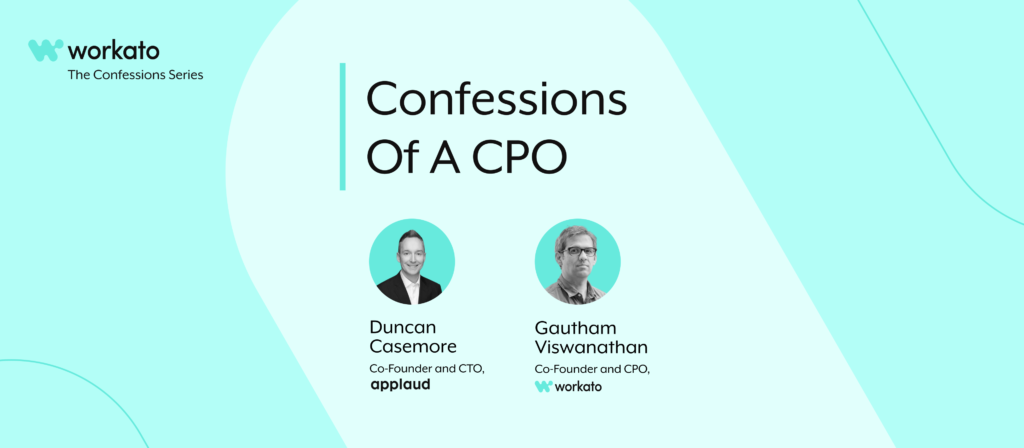The HR tech industry is teeming with vendors that provide a wide array of HR services, ranging from employee wellness to learning and development. That’s a stark contrast from 2 decades ago, where a company would purchase just a few types of HR technology.
While it’s great that companies now offer their employees so many services, it can be quite cumbersome for employees and managers to navigate all these systems. Moreover, while many of these legacy systems tend to be very powerful, interacting with their interfaces is like stepping back 20 years in time. Rubbing salt in the wound, many employees can’t make a simple change in their systems without involving IT.
So why are legacy systems still being used? Well, it’s difficult for a company to let go of them as they’ve invested a significant amount of money and time on implementing and maintaining them. In addition, they may still be valuable to a wide range of business units, making the prospect of replacing any seem expensive and risky.
Applaud looks to help organizations keep legacy HR systems while also allowing organizations to avoid the systems’ drawbacks by providing an agile, low-code digital workforce experience layer (which is a ‘layer’ over an organization’s existing HR tech stack with the aim of delivering a unified experience to the employee).
During his recent CPO Confessions session, Duncan Casemore, Co-founder and CTO at Applaud, shared three requirements their platform needed to create a seamless, employee-centric, digital workforce experience layer. You can read on to learn about each.

Missed the session?
Catch everything Casemore shared by watching the full recording.
1. A low-code UX that allows organizations to be agile
The COVID-19 pandemic is another reminder that change is inevitable and that businesses need to be agile at responding to and deploying change.
Low-code solutions provide this much-needed agility because they don’t require professional app developers or time-consuming coding. Instead, organizations can utilize low-code technology to enable teams, like HR, to make fundamental changes in their systems quickly—and without adding to IT’s backlog.
Nevertheless, each organization has a unique technology estate and different ways of using those technologies. This is especially true in the enterprise space, where there are additional complexities to consider. As a result, a low-code solution needs to also be powerful and flexible.
Casemore explains how Applaud’s platform accounts for both nimbleness and customizability:
2. A consumer-grade experience that’s centered around creating value for employees and managers
Millennials make up the largest portion of the U.S. labor force and are known to be early adopters of technology. However, for many of these employees, their experiences with technology at work isn’t what they’re accustomed to.
Outside of work, most millennials are used to user-friendly mobile interfaces where they can access information on a single app, whenever and wherever they want. At work, however, they’re hit with a wide range of disparate systems that force them to jump from one to the other. Moreover, employees often have to enter the same information multiple times because none of their systems “talk to each other.”
Casemore and his team noticed this and, in response, built Applaud so that employees could engage with and consume HR technology like they do with their non-work tech. Casemore went on to explain this in more detail:
“It’s really important for Applaud that we could build in actual full services and capabilities right inside the experience layer. So at times you punch out to other places, but often you stay right within there. You don’t even leave; you don’t even know that what you’re doing might be touching these 3 or 4 different systems in the background. You don’t need to care; that’s not your problem. All you get is a simple layer where you can get stuff done quickly.”
Related: How a workforce experience layer benefits your employees and your organization
3. A scalable means of implementing integrations
With engineering resources coming at a premium, replacing legacy HR systems might simply be too costly for organizations to pursue. In response, Applaud leverages Workato’s Embedded Platform to integrate these technologies quickly and without requiring a line of code.
Casemore elaborates on the value that comes from using the Embedded Platform as well as how it complements their aims:
“You’ve got to have a really strong integration story…that’s why we’ve partnered with the best-in-class iPaaS; (Workato’s Embedded Platform) offers a massive selection of enterprise connectors and a low-code philosophy that completely aligns with the ethos of what the Applaud experience layer is about. It allows us to deliver on our promise of having a truer experience layer without a really complex and painful integration piece of work that needs to happen.”
Integrate and automate with ease by using Workato’s Embedded Platform
Workato, the leader in Enterprise Automation, offers an embedded iPaaS that can provide the following (and much more):
- The ability to embed the platform into your UI with a configuration that works for you—users can initiate an automation with the click of a button or customize/build any automation without leaving your platform
- Pre-built connectors and automation templates (“recipes”) so that your clients can implement any integration and automation with minimal customization
- A centralized admin dashboard for monitoring permissions and usage
